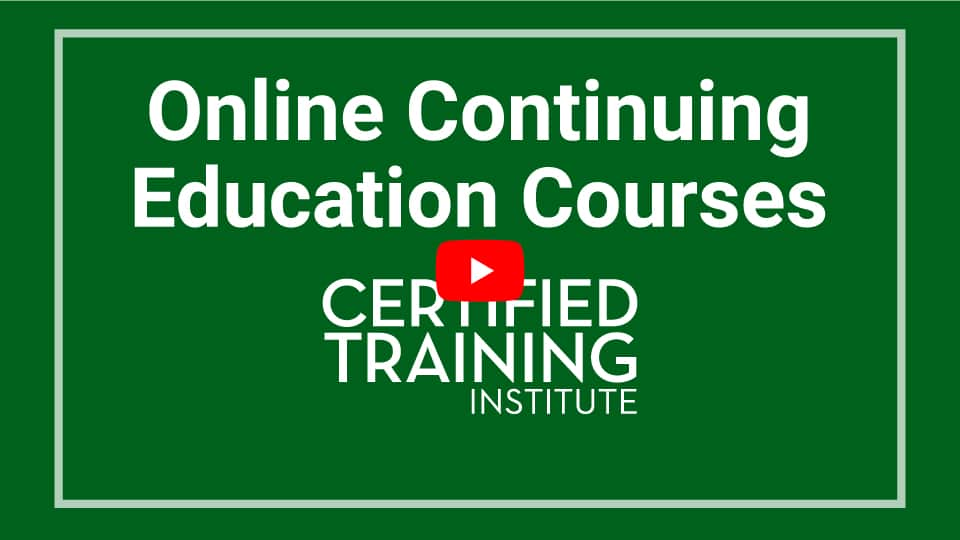Pesticide Applicator Continuing Education
Each course includes an official certificate of completion that you can save for your records. Looking for state reporting information? Learn more here.
Renewal Deadline:
Commercial, Public, and Non-Commercial Applicators must renew their certification annually by December 31st.
Private Applicators must renew their certification every five years by December 31st.
CE Requirements:
CE Requirements differ by license. Licensees cannot take the same course more than once to fulfill their requirement. See below for details.
» View New Mexico Pesticide Applicator Continuing Education Requirements
Commercial Applicators – Need 4 CEU
Commercial Applicators with the 7D need 4 CEU and 4 termite CEU
Public Applicators need 4 CEU
Non-Commercial Applicators need 4 CEU
Private Applicators need 5 CEU
New Mexico Biology of Termites and Other Wood-Destroying Pests
The course will provide an overview of the biology of termites, for example, growth development, colony distribution, and their roles.
New Mexico IPM for Termite Prevention
Termites are one of the most destructive pests in the United States. But there are several common-sense IPM practices that can be implemented to make a structure less inviting to termites from the start. This course will provide a review of IPM principles, termite biology, and several IPM practices to make any structure less attractive to termites.
New Mexico Non-Termite Wood Destroying Insects and Fungi
Termites are just one of the many wood-destroying pests found throughout the United States. This course covers the primary non-termite wood-destroying pests found throughout the country, the recommended treatments for each of those pests, and the primary sources of excess structural moisture.
New Mexico Pest Control Practices in Residential, Industrial & Institutional Structures
Discover safe, effective, and economical pest control methods in this course. You’ll learn how to manage pests that can harm people and property while minimizing risks to yourself, others, and the environment.
New Mexico Pesticide Emergency Management and Environmental Protection
Avoid dangerous pesticide hazards, including damage to people and the environment, with this safety course. New Mexico pest managers will learn how to use management plans, post public warnings, respond to spills and more.
New Mexico Review of Pesticide Use Hazards
This course teaches New Mexico pest managers the classifications and hazards of pesticides. You will learn how to recognize categories and designations of pesticides plus the toxicity danger pesticides present to humans, pets, wildlife and the environment.
New Mexico Right-of-Way: Pest Management Overview
Pest management in right-of-way situations can be a challenge. The economic thresholds are different in right-of-way situations compared to either a landscape setting or an agricultural setting. This course provides an overview of pests common to rights-of-way, management solutions, a look at the equipment commonly used to treat rights-of-way, and a review of calibration steps for that equipment.
New Mexico Termite Inspection and Treatment
Inspecting and treating termites can be a difficult process. Being familiar with common types of construction is extremely helpful. This course is a tour of the Mississippi State University Extension termite training facility. The facility consists of 12 different stations, each representing an area of a building or home where termites could enter the structure.
New Mexico Wood Destroying Pest Management
Termites are just one of the many wood-destroying pests found throughout the United States. Carpenter ants, powderpost beetles, and wood-damaging fungi can also cause severe structural damage if not properly managed. This course will cover the primary wood-destroying pests found through the country, the recommended treatments for each of those pests, and the primary sources of excess structural moisture.

